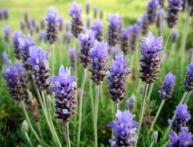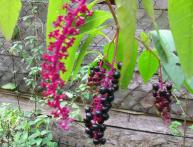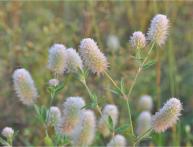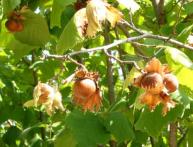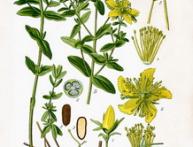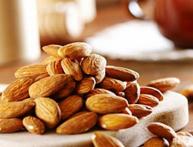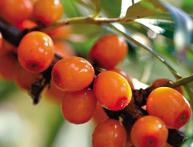Monarda plant and bergamot
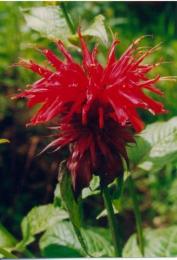
Monarda plant belongs to the Lamiaceae family. Its homeland is North America, where it grows on hills, wet meadows and forest clearings. It has also taken root well in warm regions of Asia and Europe.
The Monarda plant is named after the scientist Nicolas Monardes, who published the book “Plants of the New World” in 1569. It has other names: bee balm, horse mint and lemon mint. It emits an unusually strong aroma, which attracts bees, butterflies and hummingbirds.
The plant has a straight stem reaching a height of 1.2 meters. The leaves have an oval shape, the length of which is from 5 to 15 cm, located opposite each other. They have a rough or smooth surface, and some types have jagged tips. The flowers are either double or simple, again it all depends on the variety. The upper lip is narrow, while the lower lip is wider and droops. The roots, stems and leaves of monarda contain many essential oils, due to which it emits a strong aroma. The aroma attracts insects and birds.
By the flowering period, monarda grows long stems, in the axils of which cute “shaggy flowers” appear in the axils of the leaves. The flowers are brightly colored pink, lilac and white.
In the English-speaking tradition, monarda is often called bergamot, which is misleading for people interested in plants. Indeed, both plants have a similar aroma and taste. But they belong to different families, so there is no need to confuse them. Monarda is a member of the Lamiaceae family, and bergamot is a type of Seville orange. Everyone knows the taste of tea with bergamot, and if you add a monarda leaf to the drink, the taste will resemble the usual tea with bergamot.
Monarda and Bergamot are essential oil crops.
Indians have used since ancient times healing properties of monarda. It is a good antiseptic as it contains thymol. It is used to rinse the mouth, and the oil is used in aromatherapy.

